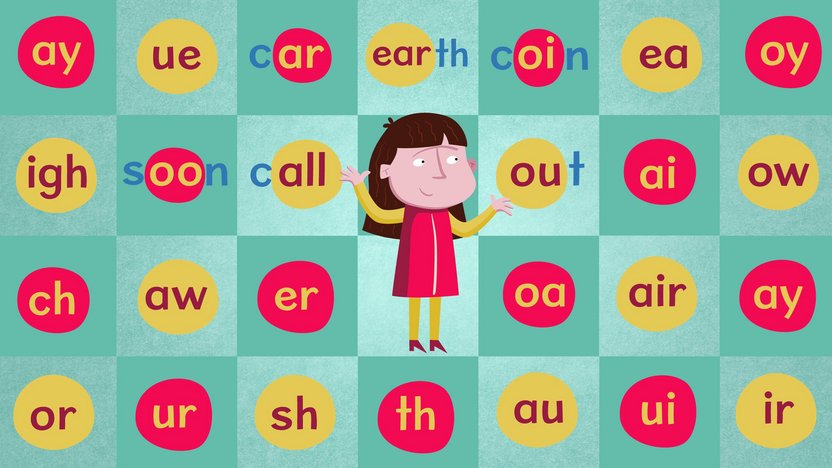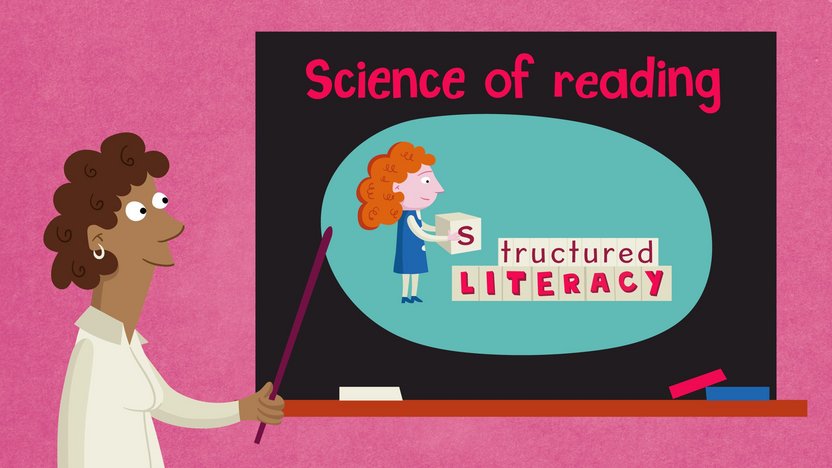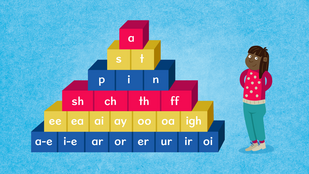What is Phonics?
Phonics is recognizing and knowing all the sounds that can be made by letters. There are 26 letters in the alphabet, but there are 44 sounds (phonemes). Some letters join together to make new sounds, e.g., sh in sh-i-p, oi in c-oi-n, ay in p-l-ay.
When children learn phonics, they are taught the Speech Sound Correspondence (often abbreviated to SSC) which means understanding the sound made by the letters.

Why is phonics important?
Along with the phonological skill of phonemic awareness, phonics is an essential foundational skill for reading. A good understanding of phonics helps you read and spell words that you don’t know. For example a child can’t sound out a word if they don’t firstly know the sounds.
Phonics describes the relationship between the sounds of a language and how they are visually represented by symbols or letters. One of the most important components of reading an alphabetically based writing system, such as English, is learning this code and how to use it.
Alphabetical principle
The Alphabetical Principle is the term used to describe knowing all the phonic sounds, the letters and combinations of letters.
But having a knowledge of all the phonics is not enough because then children need to be able to understand how to use this knowledge. Once a child knows the rules of how they work together to make a word, then language becomes predictable.
Is Structured Literacy the same as Phonics?
Structured Literacy, also known as Orton-Gillingham, is an approach to teaching phonics which has been proven by academic research, to be the most effective way to help children learn to read and spell. Teaching children to read using research proven methods, is known as The Science of Reading. It is especially important for children with dyslexia to follow a Science of Reading based approach.

